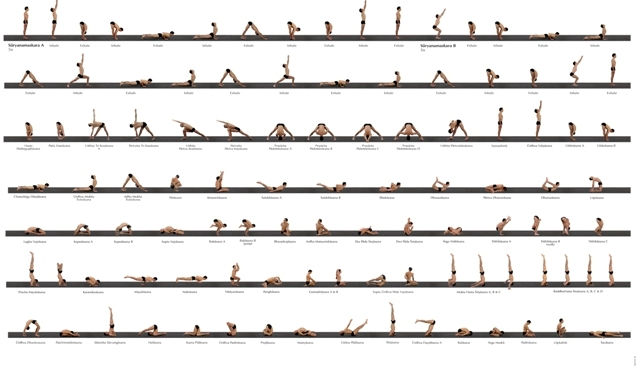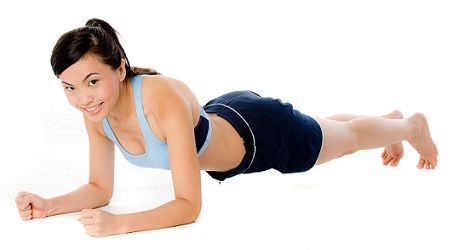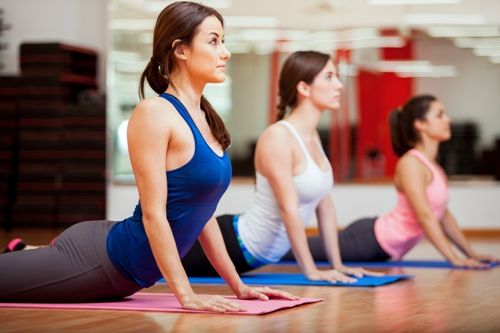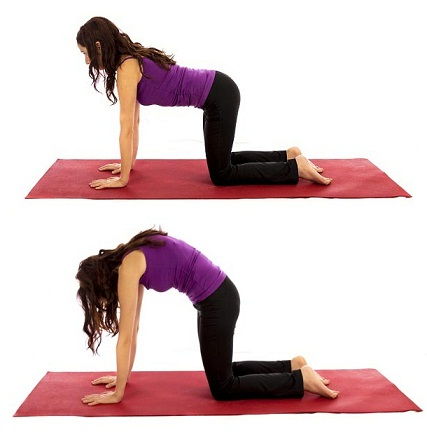Vinyasa Yoga Asanas and Benefits | Styles At Life
 Vinyasa yoga is a dynamic form of Yoga that does not consist of static Asanas but instead consists of one asana transitioning into another in a flow, like a dance. This interval of transition is equal to length of one inhale or exhale. So, basically, one need to synchronize breathes and moves. For this same reason, vinyasa yoga is also called as flow yoga. The best part about this form of yoga is its diversity and lack of a particular sequence or format. So, one can actually personalise it and enjoy it under some trained practitioner.
Vinyasa yoga is a dynamic form of Yoga that does not consist of static Asanas but instead consists of one asana transitioning into another in a flow, like a dance. This interval of transition is equal to length of one inhale or exhale. So, basically, one need to synchronize breathes and moves. For this same reason, vinyasa yoga is also called as flow yoga. The best part about this form of yoga is its diversity and lack of a particular sequence or format. So, one can actually personalise it and enjoy it under some trained practitioner.
There are different forms of Vinyasa Yoga, those being:
- Anusara
- Ashtanga
- Bikram/Hot Yoga
- Forrest
- Jivamukti
- Moksha/Modo
- Power Yoga
This style of yoga was made popular by K. Pattabhi Jois. A standard vinyasa yoga session consists of 10 surya namaskaras. Sun Salutations is best done facing the sun during sun rise or early morning hours. It helps us soak in sun rays and get our daily punch of vitamin D. This asana when done regularly, leads to improved posture, stretches muscles and helps in losing unwanted flab. It helps in relieving anxiety. Then comes some standing asanas. This is followed by back-bending sequence and then a set of inverted asanas. Practice always ends with savasana.
In the back bending asanas, the flow is from ‘phalakasana’ or ‘plank’ to ‘Chaturanga dandasana’ or ‘low plank’ to ‘upward-facing dog’ to ‘downward-facing dog’ asana. The breathing style practiced with Vinyasa Yoga is ‘Ujjayi’. This breathing technique is relaxed breathing marked by a resonating sound in the practitioner’s throat. Vinyasa and Ujjayi lead to heating up of body and thus, making the person sweat. This leads to flushing out of toxins from body. There is also another component of Vinyasa Yoga called ‘Bandha’ that involves contractions or muscles to be synced with the breaths too.
Let me explain the above asanas in brief:
1. Plank Pose:

Come in push up position. Spread your fingers wide apart. Keep the arms are straight. Keep your spine straight so that legs, hips and torso are aligned in one straight line. Press the head forward and press the heels back. Release the asana by folding your knees in child pose.
See More: Sivananda Yoga Asanas
2. Low Plank Pose:

It is similar to plank pose just a little more difficult to perform. Here, the body is to be made parallel to the floor with our toes on the mat.
See More: Karma Yoga Practice
3. Urdhva Mukha Svanasana:

After chaturanga, make a transition so that you lie on your stomach. Bring your spine into extension and face upwards. Make the tops of the feet and toes to come in contact with the floor. spread the toes. Place your hands and fingers spread wide close to your chest. You may also bring shoulder blades towards each other.
See More: How To Do Dhyana Yoga
4. Adho Mukha Svanasana:

It means to be in a pose like a dog with head facing downwards. The Dog Pose improves flexibility of your spine, stretches the muscles of back. Again, this Yoga Asana should not be performed if you have serious back pain or injury.
Place your hands on the floor shoulder width apart. Then press your palm down. Align your knees in line with your hands and your feet in line with your knees. Heels of the feet are to be turned slightly out. Keep the knees behind your shoulder line. Then, lengthen your spine; Breathe out and lift your knee up.
5. Cat/Cow Pose:

In cat-cow stretch asana, that is said to improve spinal flexibility and strength, each moment is done in sync with inhalation or exhalation. The spine is arched on an inhale and rounded on an exhale.
Images Source: Shutter stock
28.06.2024 @ 13:50
This piece was both informative and amusing! For more, visit: LEARN MORE. Keen to hear everyone’s views!